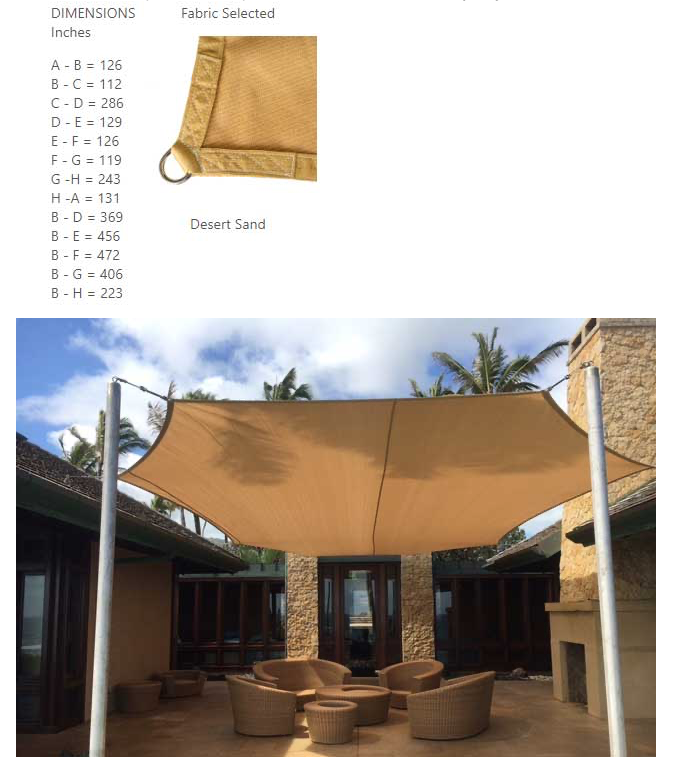HOW TO MEASURE
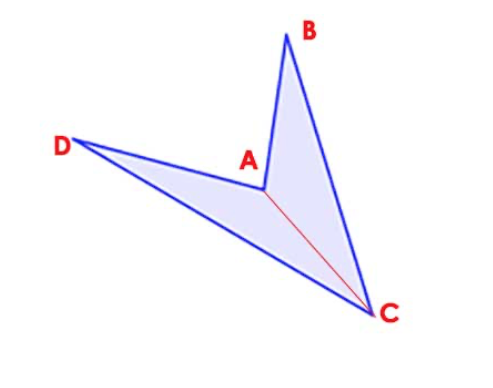
The shape is determined by the diagonal measurements, and they are absolutely critical for ensuring the accurate production of shade sails.
As a simple illustration, the diagrams here depict three shapes, all with four sides, each measuring 600 in length. However, the varying diagonal lengths of 846.17, 993.77, and 1155.89 notably influence the final shape and determine our approach to crafting the shade sail.
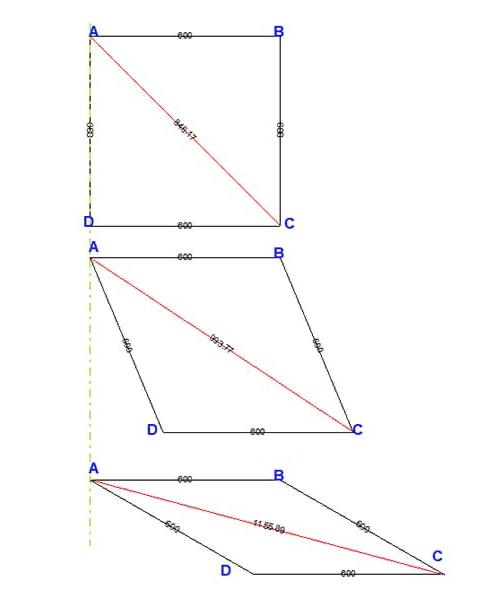
EXTRA MOUNTING POINTS:
You may have a four-sided shade sail and wish to incorporate an additional mounting point on one side. In such a scenario, you can opt for a five-sided configuration and divide the side where the extra mounting point will be positioned, as illustrated in the example of a five-sided sail with one continuous edge (lower) in contrast to a genuine five-sided shape.
Similarly, if you have a four-sided shade sail and require six mounting points, you can choose the six-sided formula and employ a comparable approach.
You can see how the diagonals define the final shape.
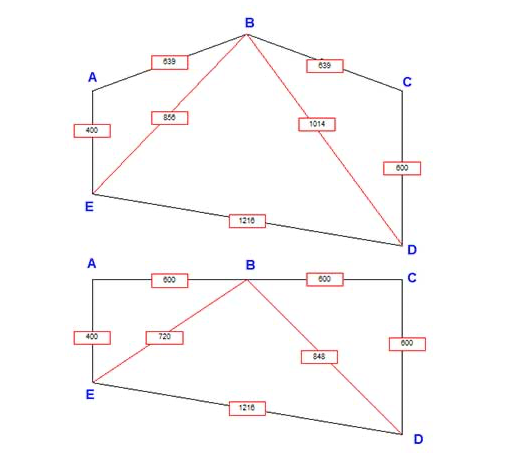
WE DO NOT MAKE SHADE SAILS WITH STRAIGHT EDGES!
It’s very important to understand that all our shade sails feature parabolic curved edges. The curve is essential for achieving proper tension in the shade sail. The curve is concave (inward), and at the midpoint, it’s approximately 5% of the length of the side. As the shade sail is tensioned this reduces to between 2% and 4% – depending on the level of tension.
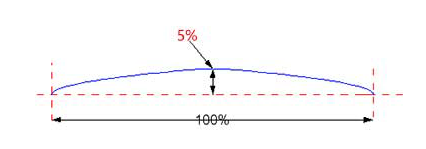
MEASUREMENTS WE NEED
You need to take your measurements from mounting point to mounting point as shown in the picture below. These are the ACTUAL measurements. In the Quotation we will ask you if you want us to make the shade sail to be “actual” or for us to make “allowance”.
We also give you the choice for us to include the fittings.
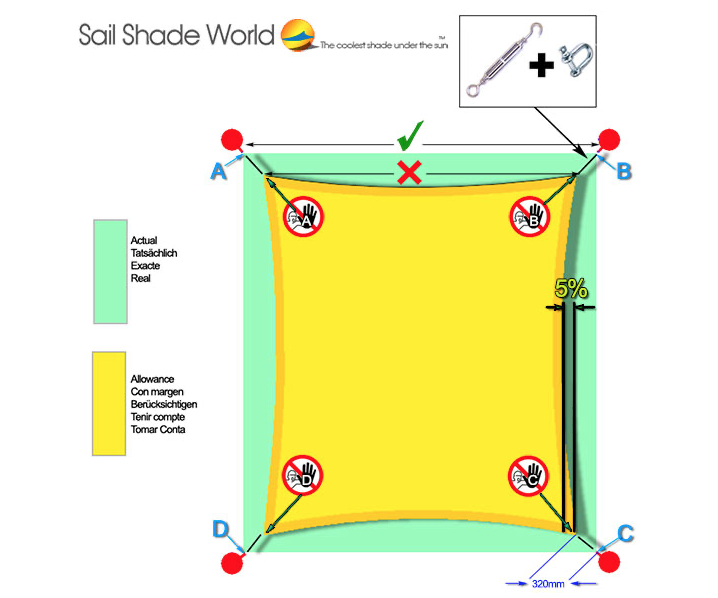
HOW WE CREATE THE ALLOWANCE IN A SHADE SAIL:
Every custom shade sail order is sent to our pre-production department where they produce a CAD (Computer Aided Drawing) of the shade sail. This CAD provides all the necessary dimensions for the factory to work with.
If you have chosen “ALLOWANCE”, we take away 32cm in the direction of tension. Below is an example of the CAD used for an actual order.
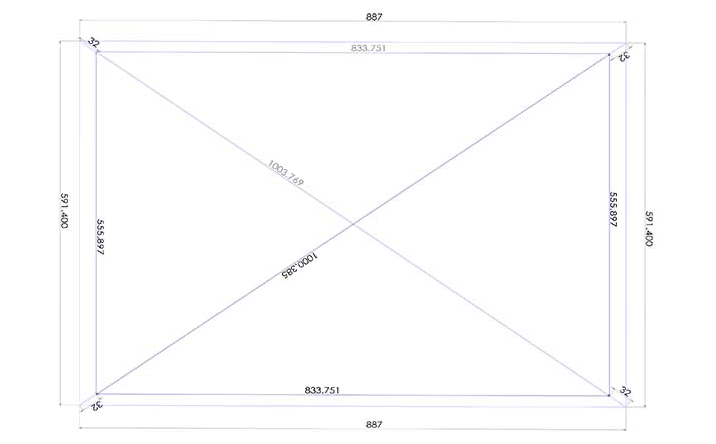
THE FITTINGS WE SUPPLY
We provide one turnbuckle and one D shackle for every connecting point. The size of the fittings we supply, whether 8mm or 10mm, depends on the size of the sail. All fittings are constructed from 316 Marine Grade Stainless Steel. The total length of the extended turnbuckle and the D shackle combined is 32cm.

MORE ABOUT HOW A SHADE SAIL SHAPE IS CREATED
Our most common orders are for triangles, followed by four-sided sails, then five-sided and six-sided etc. But they all need precise measurements to create the final shape.
You will be better able to measure and create your shade sail if you understand how we achieve accurate shapes. The foundation of our method lies in the intriguing properties of triangles. When you have knowledge of the lengths of all three sides of a triangle, it enables you to determine the corresponding corner angles. It’s important to recognize that even a modification in the length of just one side can result in changes to all three corner angles. In the attached diagram for instance, altering only the A – C side led to changes in all three angles.
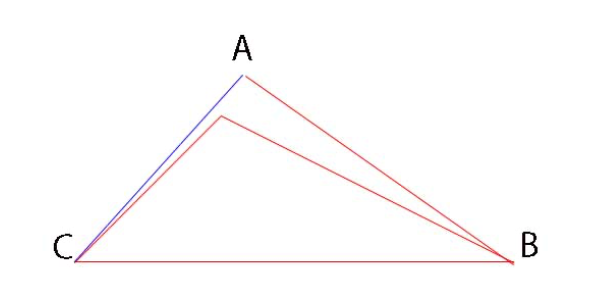
The dimensions you provide to us, in the specified format, define the shape of the sail we will produce. If you examine the diagram below for a four-sided sail, you will notice that the points A-B-C-D, with A-C, create a rectangle with four 90-degree corners. However, when you use the measurements A-B(2) and B(2)-C, the corner angles at both B(2) and C are determined by these new lengths.
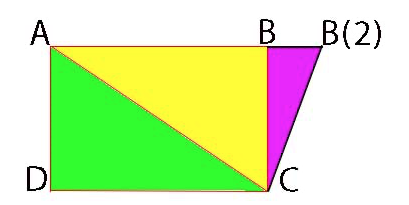
Customers often provide us with the D – B diagonal and the angles of all the corners, but this is entirely unnecessary, as the dimensions we request establish two triangles, as elucidated earlier. This is all that’s needed.
To demonstrate how this concept applies, even in the case of intricate four-sided shapes, consider the examples provided below. You’ll come to understand that all of them can be defined by the points A, B, C, D, and the side A-C.
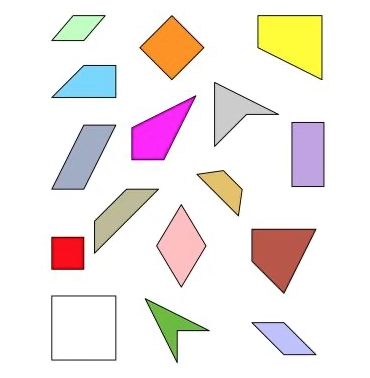
MORE THAN FOUR SIDES!
The images we use are only to tell you where you should take your measurements they DO NOT represent the final shape of the sail, as you will now understand. If you are planning a sail with more than four sides it is ESSENTIAL that point B can be joined with all other points so as to create a series of triangles from which we build the shape of the sail. It cannot be connected in a straight line through another point because that would not create the 3 sides of that triangle.
The images we provide serve solely as guides for where to take your measurements. They DO NOT represent the final shape of the sail, as you will now comprehend. If you are planning a sail with more than four sides, it is ESSENTIAL that point B can be connected to all other points, allowing us to establish a series of triangles from which we construct the sail’s shape. It cannot be linked in a straight line through another point, as that would not form the three sides of that particular triangle.

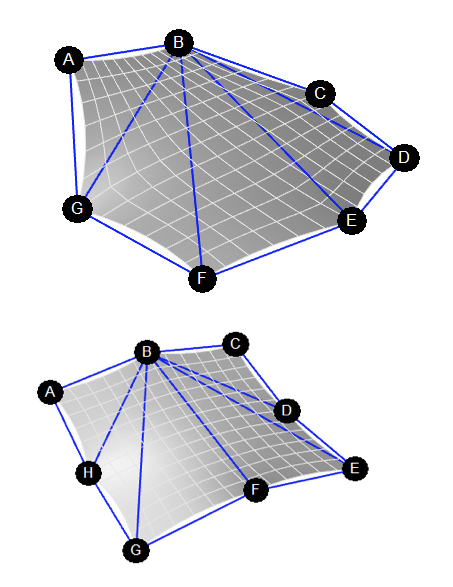
EXAMPLE
Here is an example of how a quotation was filled for a very large 8-sided shade sail. What a stunning end result!
